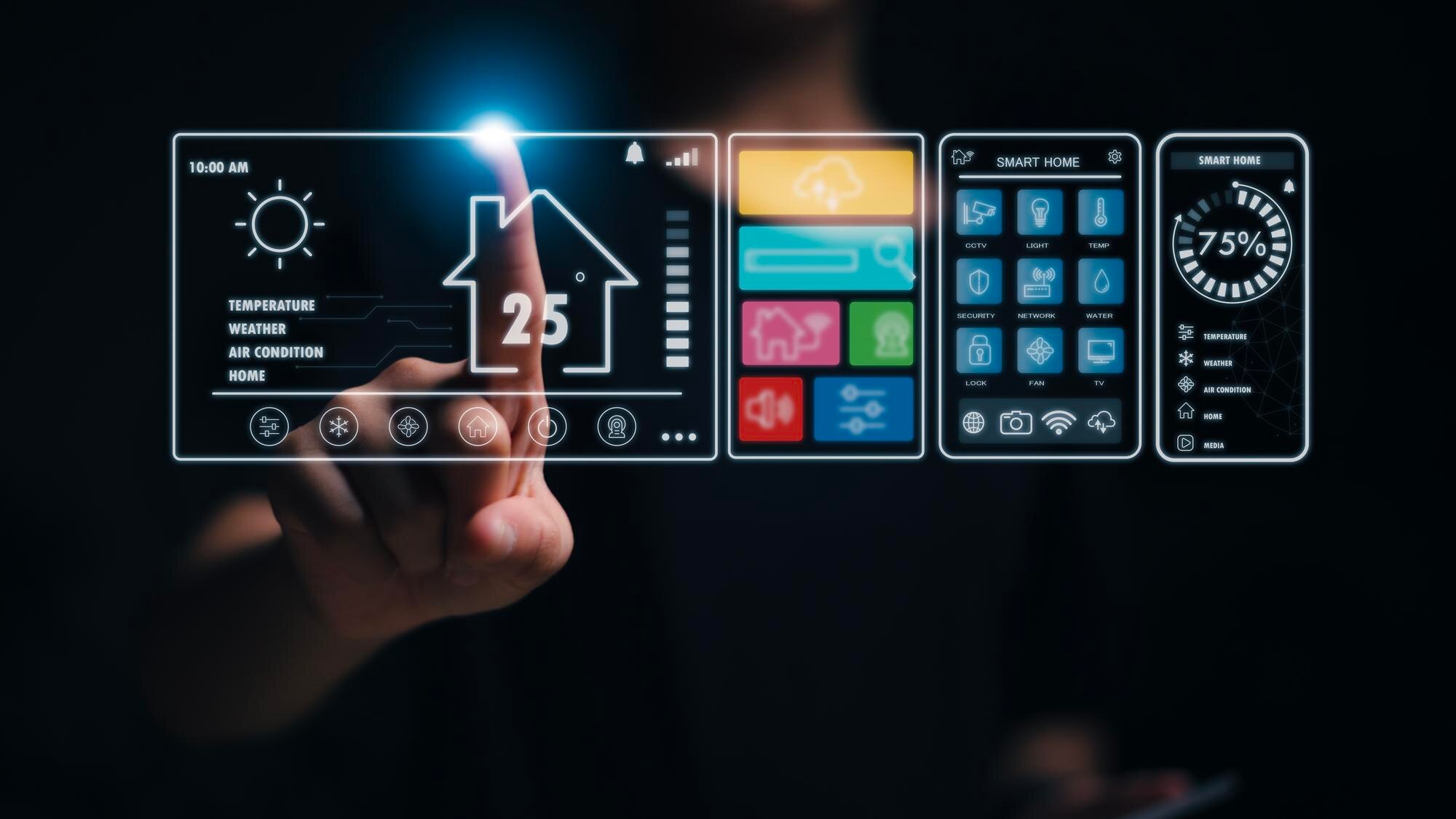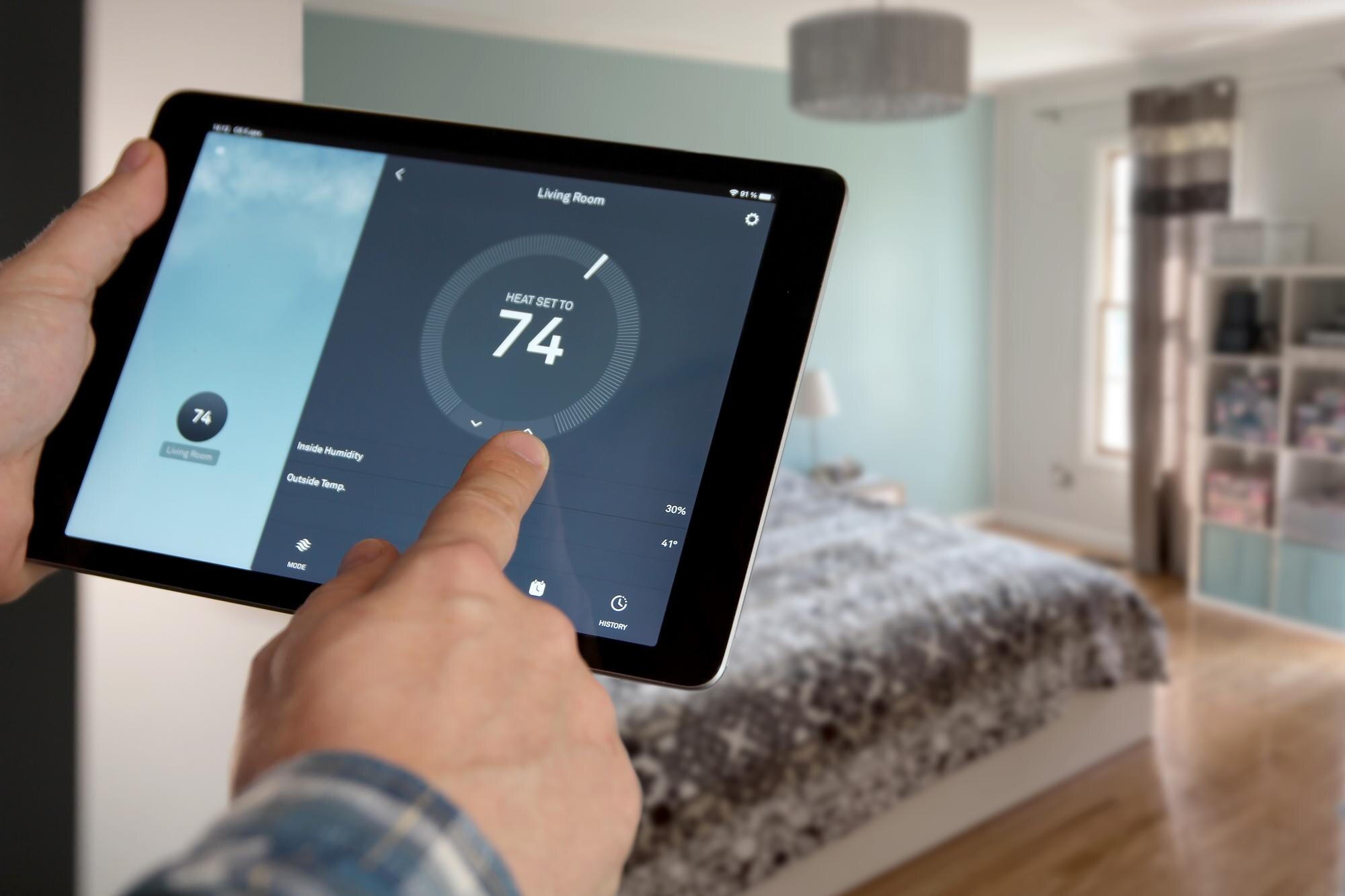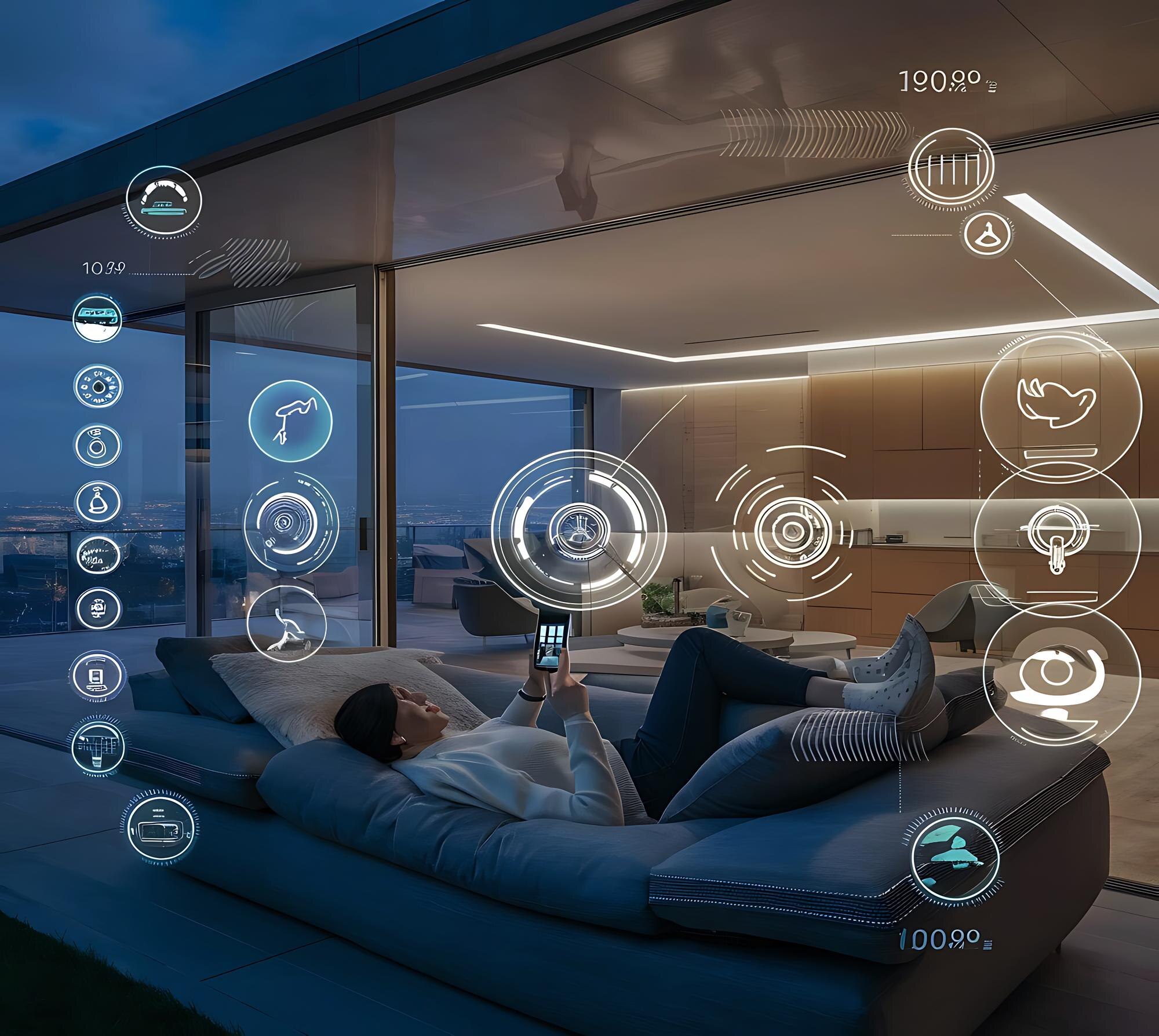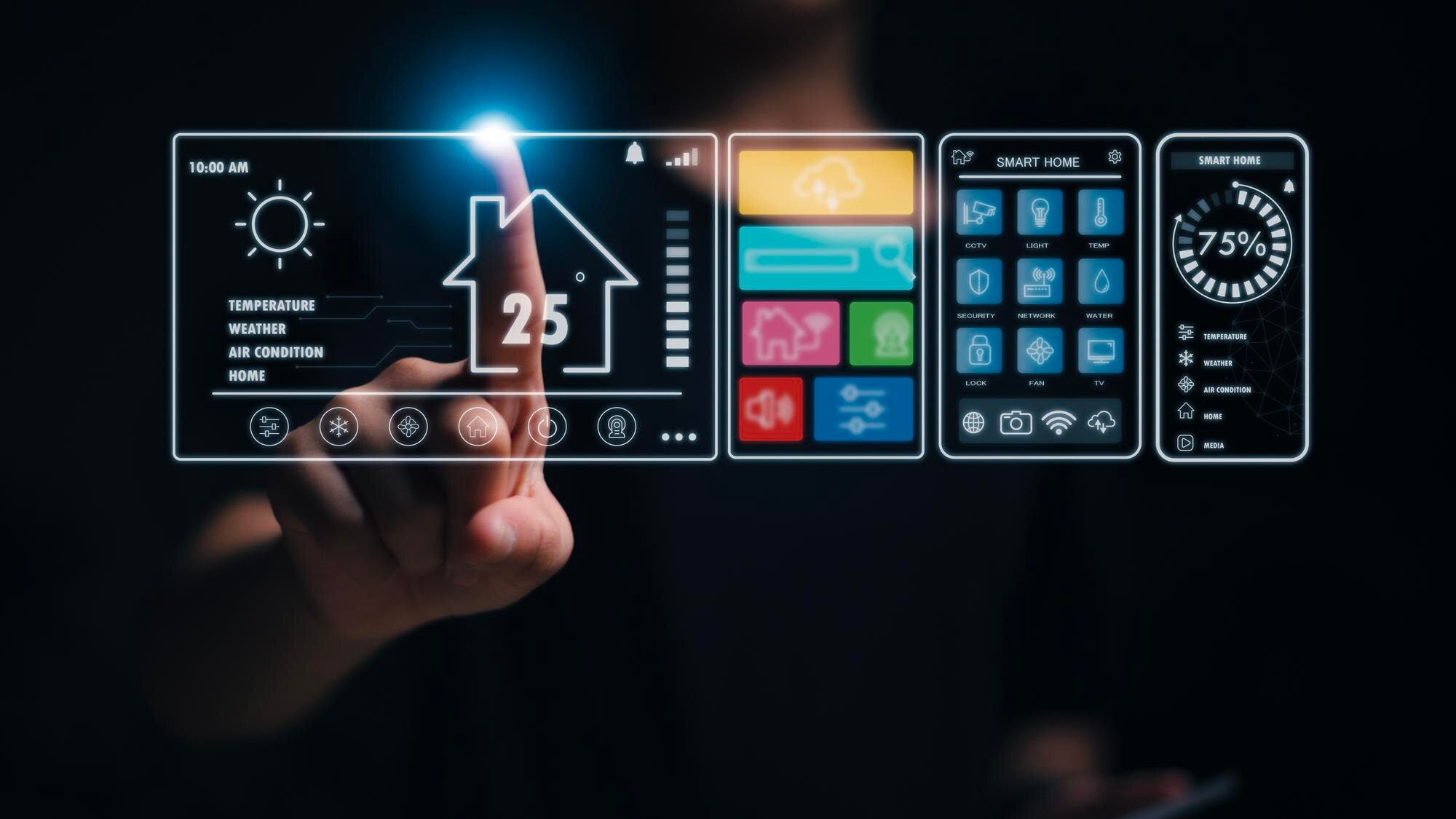Demystifying Electrical Protocols: A Guide for Smart Energy Devices
Demystifying Electrical Protocols: A Guide for Smart Energy Devices
Imagine a world where your smart energy devices work together seamlessly, speaking the same language. Sounds like a dream, right? With the Atmo Smart Controller, this is your reality. It unifies multiple electrical protocols, ensuring your energy systems are both compatible and flexible. Whether you’re an installer, supplier, or homeowner, understanding these protocols is crucial for effective energy management. Ready to dive into the details and take control of your energy systems? Let’s explore how these protocols and the Atmo Smart Controller can transform your approach to sustainable energy solutions. For more insights on communication protocols, you can check this link.## Understanding Electrical Protocols

Understanding electrical protocols is essential for anyone dealing with smart energy devices. These protocols are the set of rules that allow devices to communicate effectively. They ensure smooth interactions and data transfers within energy management systems.
Why Protocols Matter
Protocols serve as the backbone for communication among smart energy devices. They define how devices share information, making sure data is transferred accurately and efficiently. This consistency is crucial for maintaining reliable energy management systems. By following established protocols, devices can operate seamlessly together, improving overall system functionality.
Protocols help prevent miscommunication between devices, which can lead to errors or inefficiencies. For installers and suppliers, understanding these protocols ensures that devices from different manufacturers can work in harmony. Homeowners benefit from a simplified experience, as their devices communicate without hiccups. The importance of well-defined protocols cannot be overstated when aiming for a cohesive energy system.
For more detailed discussions on communication protocols, visit this blog.
Common Protocols Explained
Several common protocols are used in smart energy devices. DLMS/COSEM is often used for electricity metering and supports data exchange between devices. Zigbee enables low-power, wireless communication, making it ideal for home automation systems. Modbus is another protocol, frequently found in industrial settings, that allows for communication between electronic devices.
Understanding these protocols helps installers and suppliers choose the right products for their needs. The Atmo Smart Controller, for example, is designed to be compatible with these standard protocols, ensuring a wide range of devices can connect and communicate effectively. This compatibility simplifies the process of integrating new devices into existing systems, ensuring a smooth transition.
For further exploration of these protocols, you can read more at Clou Global.
Protocols and Smart Energy Devices
Smart energy devices rely heavily on communication protocols to function correctly. These protocols allow devices to report data, control energy usage, and optimise performance. They are the foundation upon which smart energy systems operate, ensuring that every component communicates effectively.
Devices such as smart meters and energy controllers use protocols to share real-time data with users. This data can then be analysed to make informed decisions about energy consumption and management. Protocols ensure that all devices, regardless of manufacturer, can work together within a single system.
For more insights into this topic, visit LinkedIn.
Atmo Smart Controller Features

The Atmo Smart Controller stands out with its ability to integrate multiple protocols, offering a flexible solution for energy management systems. Let’s delve into the features that make it a reliable choice for smart energy management.
Compatibility Across Devices
The Atmo Smart Controller is designed to work with a broad range of smart energy devices. By supporting multiple protocols, it ensures that devices from various manufacturers can connect and communicate easily. This compatibility is particularly beneficial for installers who need to integrate different systems seamlessly.
Having a device like the Atmo Smart Controller simplifies the setup process. There is no need for complex configurations or specialised equipment, making it an attractive option for both suppliers and homeowners. The ability to connect diverse devices enhances the overall functionality of an energy management system, providing a comprehensive solution to users.
Real-Time Data Reporting
One of the standout features of the Atmo Smart Controller is its real-time data reporting capability. This feature allows users to receive up-to-the-minute information on energy consumption, device performance, and system efficiency. Such data is crucial for making informed decisions about energy use and management.
Real-time reporting helps users identify patterns and trends in energy consumption. By understanding these patterns, homeowners can make adjustments to reduce waste and improve efficiency. Additionally, suppliers and installers can use this data to diagnose and resolve issues quickly, ensuring optimal system performance.
Incorporating real-time data reporting into energy management systems provides transparency and control, empowering users to take charge of their energy usage.
Plug-and-Play Convenience
The Atmo Smart Controller is designed with ease of use in mind. Its plug-and-play convenience allows users to set up and integrate devices without the need for technical expertise. The straightforward installation process reduces the time and effort required to get a system up and running.
This simplicity is a significant advantage for homeowners who want to manage their energy systems without dealing with complicated setups. For suppliers and installers, the plug-and-play feature means less time spent on installation and more time focusing on customer satisfaction.
By offering a user-friendly experience, the Atmo Smart Controller makes energy management accessible to everyone, regardless of their technical background.
Benefits of Smart Energy Management

Smart energy management offers numerous benefits, including improved efficiency, sustainability, and control. Understanding these benefits can help users make informed decisions about their energy systems.
Enhancing Energy Efficiency
Smart energy management systems, like those integrating the Atmo Smart Controller, enhance efficiency by optimising energy use. These systems monitor consumption patterns and make adjustments to reduce waste. By using real-time data, they can identify areas where energy is used inefficiently and recommend changes.
This level of control allows users to lower their energy bills while reducing their environmental footprint. For suppliers, offering a product that enhances efficiency can be a strong selling point, attracting customers who are conscious of their energy use. Installers benefit from the ease of integration, making it simpler to provide clients with efficient solutions.
Sustainable Energy Solutions
The drive towards sustainable energy solutions is more crucial than ever. Smart energy management systems contribute to sustainability by enabling users to control and reduce their energy consumption. By using devices that support renewable sources, such as solar panels, users can significantly decrease their reliance on non-renewable energy.
The Atmo Smart Controller plays a role in this by ensuring compatibility with various sustainable energy devices. This capability allows users to create systems that are not only efficient but also environmentally friendly. By choosing smart energy solutions, households and businesses alike can contribute to a more sustainable future.
Control and Monitoring Solutions
Smart energy management provides users with unparalleled control and monitoring capabilities. With devices like the Atmo Smart Controller, users can remotely monitor their energy systems, receiving real-time updates and alerts. This level of control ensures that users are always aware of their energy consumption and can quickly address any issues that arise.
Being able to monitor energy use helps users identify trends and make informed decisions. Installers and suppliers can use these features to offer clients comprehensive solutions that meet their specific needs. The ability to monitor and control energy systems contributes to more effective and efficient energy management.
For more information on smart meters and their communication methods, visit Emnify.



